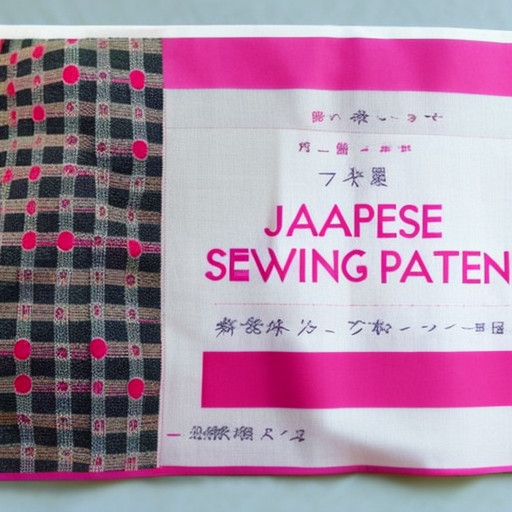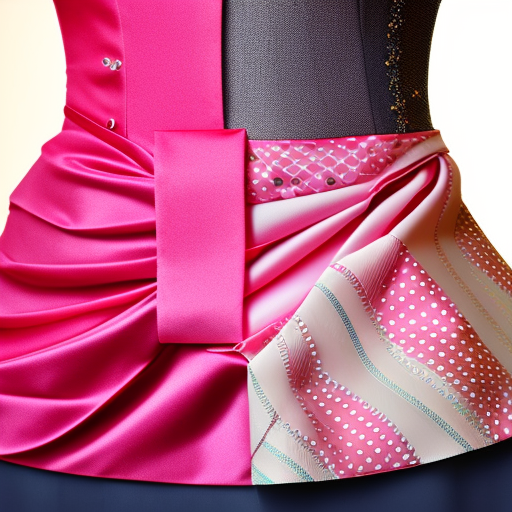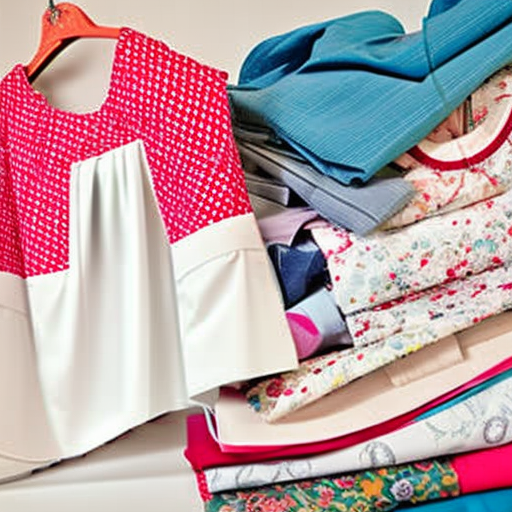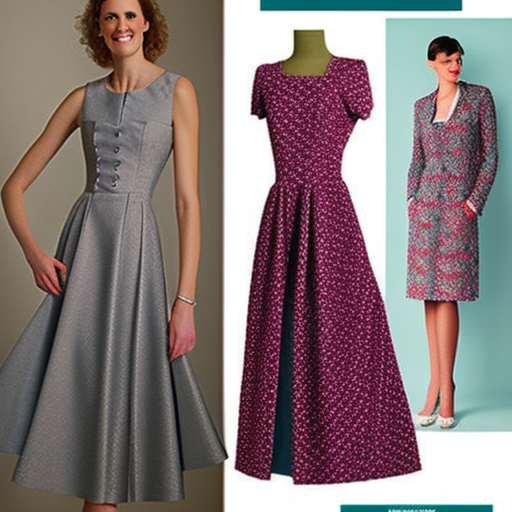Japanese sewing patterns are renowned for their unique and elegant designs, impeccable fit, and attention to detail. Whether you are a seasoned seamstress or a beginner, sewing with Japanese patterns can be a rewarding and enjoyable experience. In this article, we will guide you through the process of sewing these patterns and provide helpful tips to ensure success.
1. Choose the Right Pattern
When selecting a Japanese sewing pattern, it is crucial to consider your skill level and preferences. Many Japanese pattern books categorize patterns based on difficulty, making it easier for you to identify suitable options.
Additionally, pay attention to the sizing and measurements provided in the pattern. Japanese patterns often have a more fitted or relaxed silhouette compared to Western patterns, so double-check the measurements to ensure a proper fit.
2. Decoding the Instructions
Most Japanese sewing patterns include detailed diagrams rather than step-by-step written instructions. While this may seem daunting at first, it’s surprisingly straightforward once you understand the symbols commonly used.
Take your time to study the diagrams provided, noting the symbols for stitching lines, cutting lines, notches, darts, and seam allowances. Refer to the pattern’s instruction sheet or online resources for translations of common symbols if needed.
3. Preparing Your Fabric
Before cutting your fabric, prewash and iron it to prevent any potential shrinkage or distortion after sewing. Japanese patterns typically indicate the grainline, so ensure your fabric is aligned correctly before cutting.
Consider using lightweight fabrics like cotton or linen for your first Japanese sewing project. These fabrics are easier to handle and allow you to focus more on the construction techniques.
4. Test Fit and Make Adjustments
Japanese patterns often come with minimal ease, which means they can be more form-fitting. It is advisable to make a muslin or test garment before cutting into your fabric. This step allows you to assess the fit and make any necessary adjustments without wasting your precious fabric.
Ensure you follow the seam allowances specified in the pattern, as their inclusion directly affects the fit of the final garment.
5. Take Time for Finishing Techniques
One of the highlights of sewing with Japanese patterns is the emphasis on exquisite finishing techniques. From delicate hand-sewn buttonholes to flawless topstitching, these details elevate the overall quality and appearance of the garment.
Follow the provided instructions carefully for each finishing technique and take your time to achieve the desired result. Practice these techniques separately on scrap fabric to build confidence before incorporating them into your final project.
6. Embrace Creativity and Personalization
While Japanese sewing patterns are known for their simplicity and clean lines, don’t be afraid to inject your personal style and creativity. Experiment with fabric choices, embellishments, or modifications to make the garment uniquely yours.
Remember, sewing is a joyful and expressive journey, so enjoy the process and have fun with your Japanese sewing projects!
By following these steps and taking advantage of the incredible Japanese sewing patterns available, you’ll be on your way to creating beautiful and timeless garments. Happy sewing!





Love this article! So informative.
Irina Kuvshinova: Great post! Very helpful 🙂
This is an incredibly helpful article! With the detailed instructions and step-by-step guide, it makes it so easy to create Japanese-inspired projects. Thanks for sharing!
Love this article! The visuals really help in understanding the process.
Absolutely Amazing! Lots of useful information.
Just what I needed! This post is exactly what I was looking for to learn the basics of sewing Japanese patterns. Thank you for sharing!
Impressive. This is exactly what I was looking for to get started in the Japanese sewing world! Very helpful.